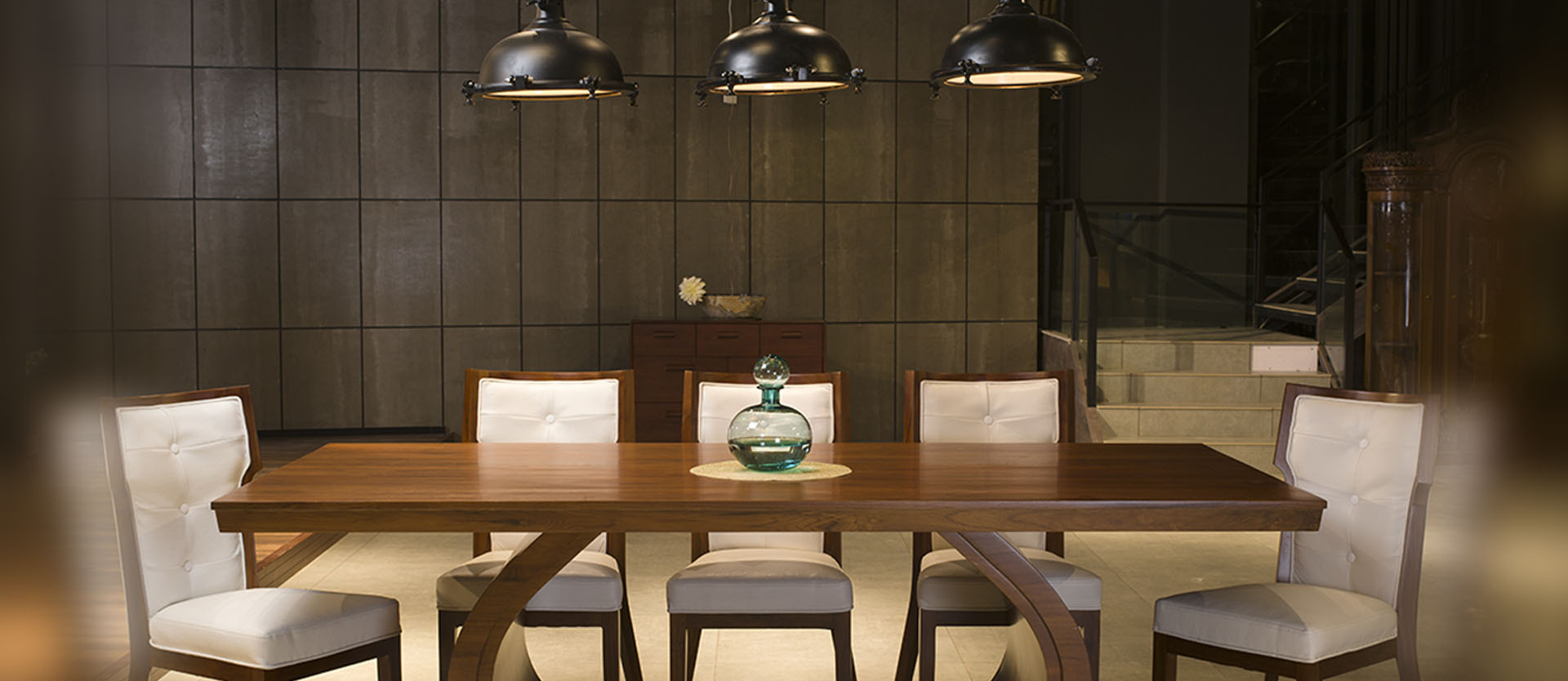1. Plywood looks great.
Let’s start with what can be seen from the outside. Few people will argue against the fact that today’s plywood looks great. With plywood panels typically covered with high-quality wood outer ply, plywood can look just as great as real wood. It looks even better when a good quality veneer is used.
2. Plywood is strong.
If you believe that solid wood is strong, you are right. Modern plywood, however, can be just as strong. The manufacturing method of plywood solves any inherent issues with the strength of the natural wood source.
This is because plywood is made of wood plies that have been pressure-bonded with adhesives, at varying angles. This gives plywood a cross-grain throughout its structure, which provides an evenly-distributed, weight-bearing strength. In contrast, solid wood proves stronger only if force or weight is applied along the grain.
Plywood becomes even stronger with the use of veneers as well as strong phenolic adhesives.
3. Plywood is durable.
Because modern plywood boasts of this uniform strength, it can also withstand lots of in-service stress (at all angles) for a longer time. That makes it a more durable alternative to both solid wood and other engineered wood products.
4. Plywood is lightweight.
For all its strength, plywood is surprisingly much lighter than solid wood. That makes plywood easier to use for furniture-making. Heavier solid wood, meanwhile, can prove unwieldy or more labour-intensive, both for crafting furniture and other commercial applications.
5. Plywood comes in large sizes.
Would a single piece of solid wood be big enough to allow you to make furniture? Of course not. Standard plywood sheets, on the other hand, come in various large sizes, with lengths of at least 1800mm and widths generally at 1200mm. This flexibility in size lets you easily predict how much plywood material and labour you will need for a particular project. So whether you’re building furniture or installing ply flooring, you can plan and limit wasted material.



Leave A Comment